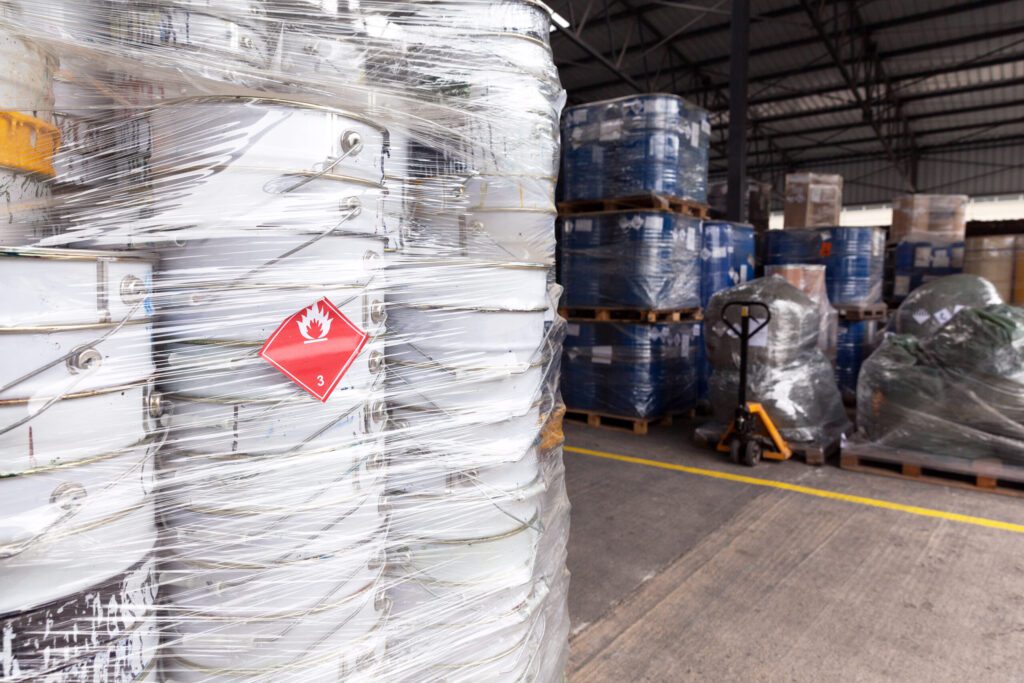The Importance of Properly Storing Flammable Liquids

The Importance of Properly Storing Flammable Liquids
Flammable liquids are present in nearly every workplace. Gasoline, diesel fuel, and many common products such as solvents, thinners, cleaners, adhesives, paints, waxes and hand sanitizer may be highly flammable or combustible. If used or stored improperly, flammable and combustible liquids can cause serious injury or death.
Proper storage of flammable liquids is essential in maximizing risk management.
According to a report by The Chickasha Express-Star, the Oklahoma Department of Environmental Quality (DEQ) issued a $6.6 million fine and compliance order to Bordwine Development during an ongoing hazardous waste investigation.
In his report, Rob Singletary, DEQ general counsel, said the large quantities of stored hand sanitizer, especially with a high level of alcohol, is hazardous. [Hand sanitizer] can be ignitable under certain circumstances, he said.
At the building located at 1102 Pikes Peak Rd. in Chickasha, Oklahoma, full and partially full bottles of hand sanitizer were found in a pile on the ground mixed with shredded cardboard and liquid was leaking on the ground, court documents said.
Singletary also stated that contaminants were released into the environment.
“There are aquifers below everywhere in the state. There’s ground water, so we’re looking at that,” Singletary said.
The following work practices must be followed when handling flammable and combustible liquids:
Use Class I flammable liquids (any liquid that can ignite at less than 100° F) only where no open flame or other ignition source is in the path of the vapor.
All containers must be properly labeled or marked with the complete chemical name.
All containers must be metal, sealed with a cap or lid, and not damaged or leaking.
Don’t store flammable liquid containers next to exits, aisles, stairways or doors—even for a brief time. Flammable containers should not be placed where they can interfere with the exit from an area or building in an emergency situation.
Dispense flammable and combustible liquids with an approved pump or metal self-closing faucets only.
Do not transfer liquid unless an employee who is trained to stop the transfer in the event of a spill is present.
When transferring flammable liquids from one container to another, the two containers must be connected by a conducting wire, and one container must be grounded.
Remember that welding, flame cutting and soldering and other flame-, heat- or spark-producing work is not allowed within 25 feet of liquid use and storage areas.
Never smoke in storage and handling areas of combustible and flammable liquids, or in a 25-foot radius around these areas.
Maintain access to fire extinguishers and other emergency response equipment at all times. At least one fire extinguisher must be located within 10 feet of any flammable or combustible liquid storage area and within 50 feet of a flammable liquid use area.
For more Environmental Safety Tips, contact INSURICA today.







